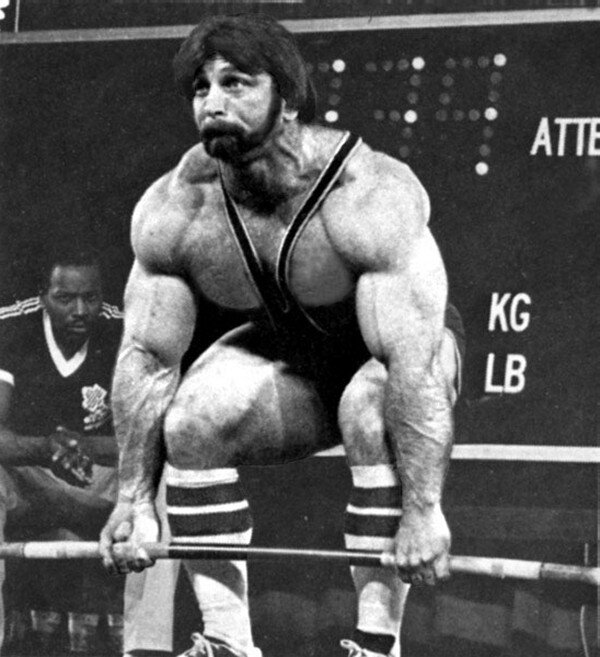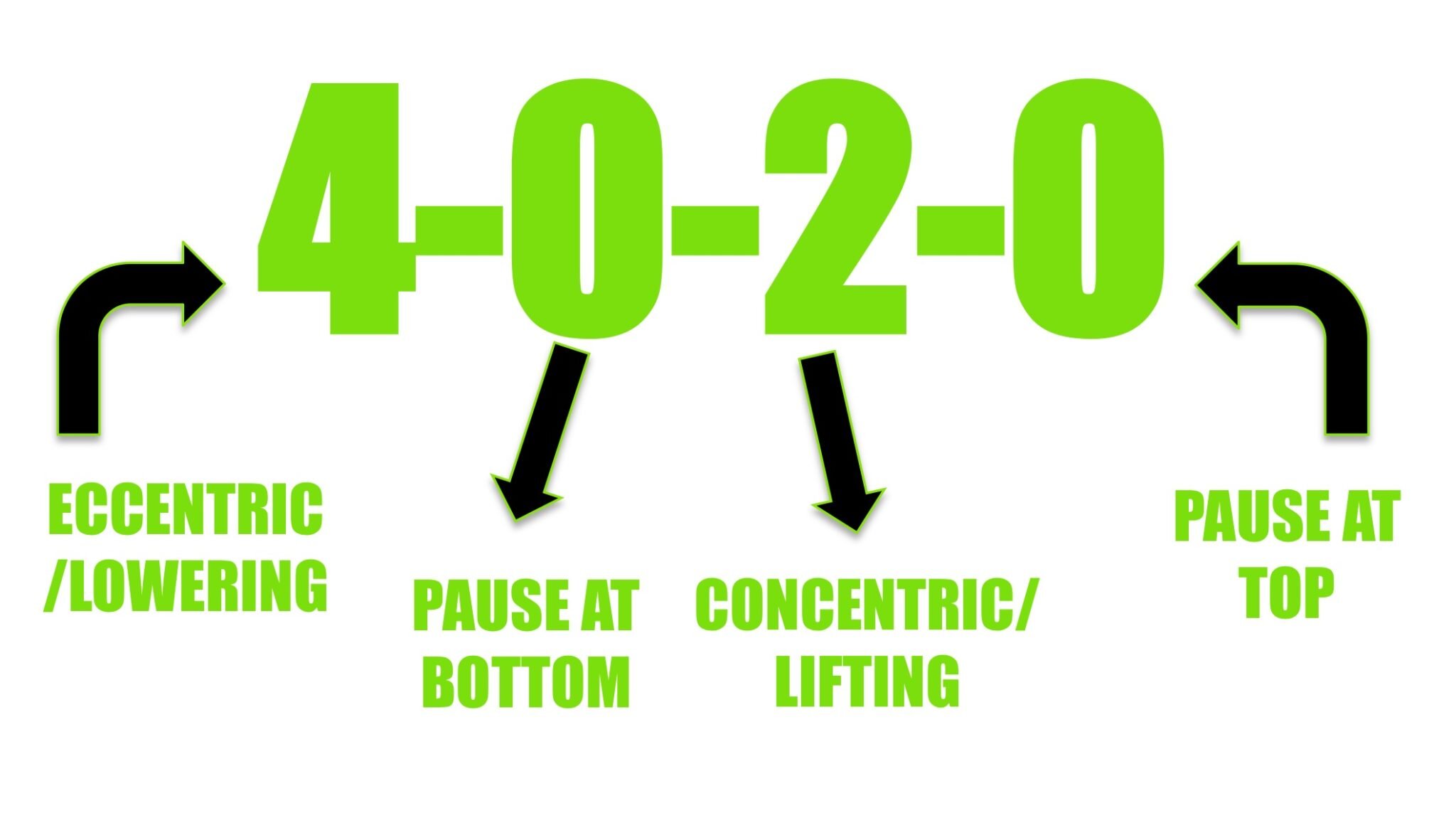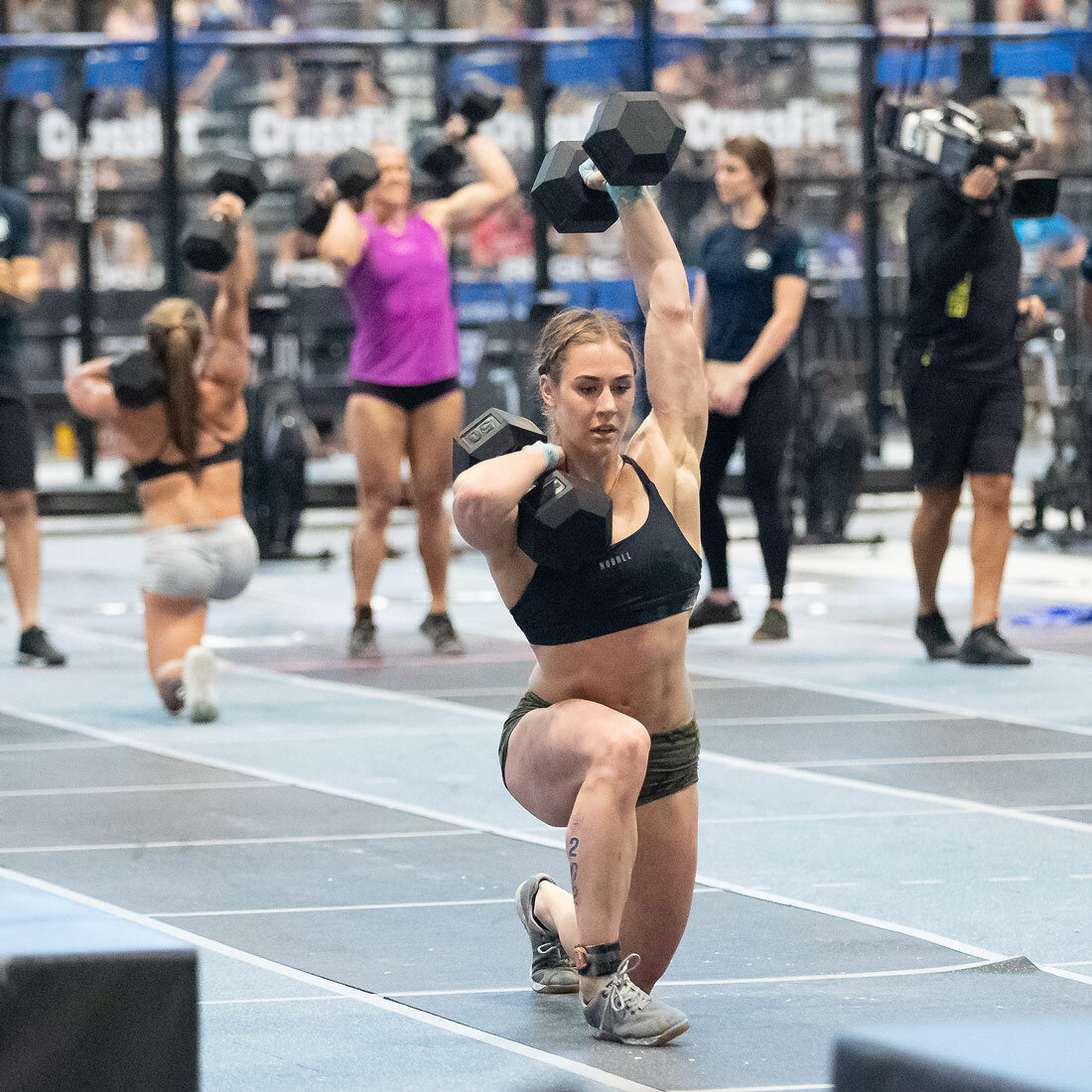Functional Bodybuilding: Efficacy
Functional Bodybuilding: Efficacy
Data gathered from thousands of affiliates and millions of individual case studies over the past two decades have cemented the CrossFit methodology as the optimal training regimen for maximizing human athletic performance. An amalgamation of tenets from powerlifting, weightlifting, gymnastics and tumbling and aerobic capacity training ultimately ushered in an era in which those deemed among the Fittest on Earth are able to routinely accomplish feats previously thought impossible (i.e., back squatting 500 pounds and running a 5-minute mile).
Moreover, millions of others made themselves measurably and drastically faster, stronger, more agile, and better able to endure arduous physical challenges. Paired with a proper focus on nutrition, CrossFit flenses fat and decreases incidence of all major chronic disease; from diabetes to depression to cancer. Lives demonstrably improve. It is efficacious. It is therefore through the lense of efficacy that one must take stock of the merits of any other strength and conditioning program. In this case, the focus falls upon Functional Bodybuilding.
Perhaps, the argument for the addition of Functional Bodybuilding to a larger strength and conditioning regimen begins with an outline of what is not a part of the tenets of the aforesaid, rather than what falls under its umbrella. Within conventional bodybuilding, the primary focus is centered around hypertrophy (muscle growth), ultimately paired with body fat reduction. While conventional bodybuilders in the modern era, such as Dorian Yates and Ronnie Coleman have demonstrated world-class physical strength, along with championship physiques, the former does not actually come into play, with regard to judgement of bodybuilders. Hence, the focus of many of the movements is not strength, everyday functionality, or improvement at athletic performance, but on creating a stimulus that results in muscle growth.
On the contrary, Functional Bodybuilding, by its very nature, utilizes functional movements to elicit absolute strength gains, as well as improvements in body composition. Not dissimilar from CrossFit, Functional Bodybuilding employs the deadlift, squat, pressing, overhead and horizontal pulling, and their ancillary movements to build strength, and elicit positive hormonal responses, within the body. Gone are the lateral raises with dumbbells and curls; replaced with the strict press and pull-ups to rings. Pushed out to the dustbin of history are the myriad convoluted, isolation-driven machines; replaced with barbells, kettlebells, bands, pull-up bars, and rings; not to mention the weight of the body, itself.
Yet, the true effectiveness of Functional Bodybuilding lies not simply in its use of functional, neuroendocrine response-producing movements. This alone would not make it particularly unique. The true magic of the system lies within its copious use of controlling concentric (muscle-shortening) and eccentric (muscle-lengthening) movements, within a given exercise. The Front Squat, taken by itself, has tremendous potential with regard to its ability to build strength, stability, and elicit positive hormonal and metabolic responses, within the body. However, the same movement, altered to include a three-second eccentric lower, a three-second pause in the “bottom,” and a three-second concentric rise, becomes an entirely different, far more rugged beast. The slowing of the lowering and raising movements of the exercise force the athlete to find the most stable positions for her front rack, feet, ankles, knees, and core. Moving a weighted bar upward from a dead pause in the bottom of the squat requires far more absolute strength than using the elastic nature of the muscles and joints to “bounce” up, as one could in a standard front squat. The increase in time-under-tension that comes as the result of a single rep lasting upwards of ten to 11 seconds is far more taxing than when the movement can be completed in two or three seconds. The end result is that the athlete is not only likely unable to complete the two movements at the same given percentage of her maximum potential, but also perhaps obliged to complete fewer repetitions, given the effect of such a tempo on the muscles and nervous system.
Beyond the effects mentioned above is the stimulus to muscles achieved via controlled eccentric movement, within an exercise. Research indicates that microtears in muscle occur at greater levels during the eccentric portion of an exercise (i.e., the “lowering” portion of the squat) than during the concentric (the “raising” portion). Insofar as muscle growth and strength increases occur as the result of the repair of this damage, we can deduce that emphasis on the eccentric portion of movements not only helps the participant build stability and control, but also increases their strength and muscle growth faster than if they simply focused on the concentric portion of the movement. The synergistic notions of increasing strength and muscle size while also improving body control and positioning are the keystone tenets of Functional Bodybuilding.
An emphasis on managing and improving movement mechanics via the use of tempo and pauses within functional exercises carries with it an additional benefit, aside from gains in strength and muscle mass: injury prevention. The clean, the squat, the deadlift, the bench press, and the overhead presses are not inherently dangerous movements. Quite the opposite, performed properly, they enhance health, rather than deplete it.
However, each, performed incorrectly or with sub-optimal mechanics, carries a significant risk of injury. In forcing the athlete to slow down, and often use lighter loads, the tempo prescriptions and rep ranges within Functional Bodybuilding allow, and perhaps even go so far as to force, improvements in mechanics and body awareness. The end result is an athlete who is not only stronger, in an absolute sense, but who also is less prone to movement and usage injuries, insofar as he has developed habits and patterns to allow for relatively optimized technique. It is generally recognized as fact that an individual carrying more muscle mass will have, on average, a greater basal metabolic rate than one with a lower level of relative muscle mass.
Put more simply, the more jacked you are, the hotter your furnace burns, and the more likely your body is to be a fat burning machine than a fat storing one. Higher (8-12) rep ranges, the heavy utilization of controlled eccentric movement, employing functional movements, and close attention to the nourishment of the participant within a Functional Bodybuilding protocol place the individual in a constant anabolic (muscle-building) state. This, given the effect muscle mass has on the metabolic rate, has a markedly positive effect on body composition (the ratio of lean muscle mass to fat, within the body).
One must naturally be cautious of viewing any particular regimen, be it a fitness protocol, a dietary practice, or a mindset philosophy, as a panacea. To chase one philosophy blindly is to allow oneself to be duped in the most fundamental manner. Nothing is without flaw, or omissions. Everything, if studied intently enough, has inherent holes. However, it is evident that, within a larger focus on sustainable strength and conditioning training, one that includes other elements; the tenets and foundational practices of Functional Bodybuilding occupy an important place.
Check out our Dublin, Ohio Gym Build Class or Remote Coaching for work on Functional Bodybuilding with a Friendship Coach.




